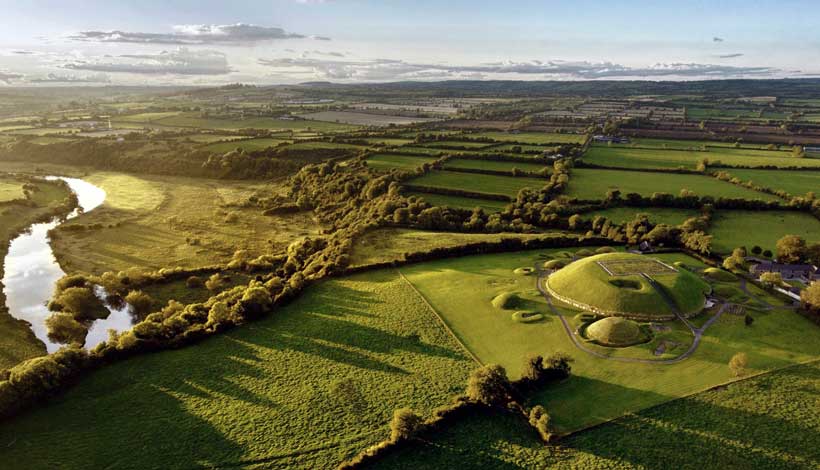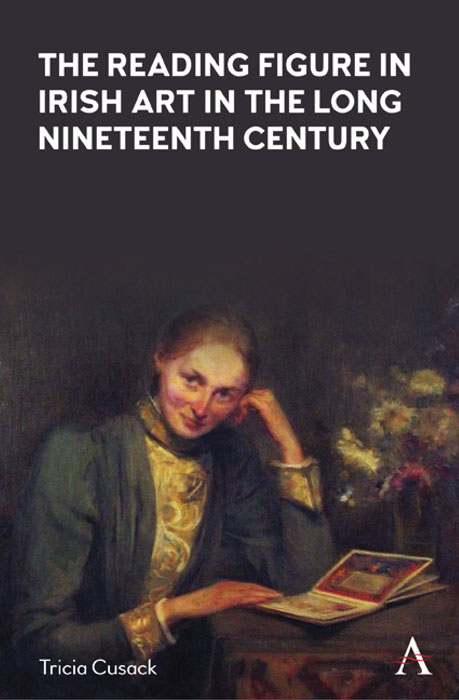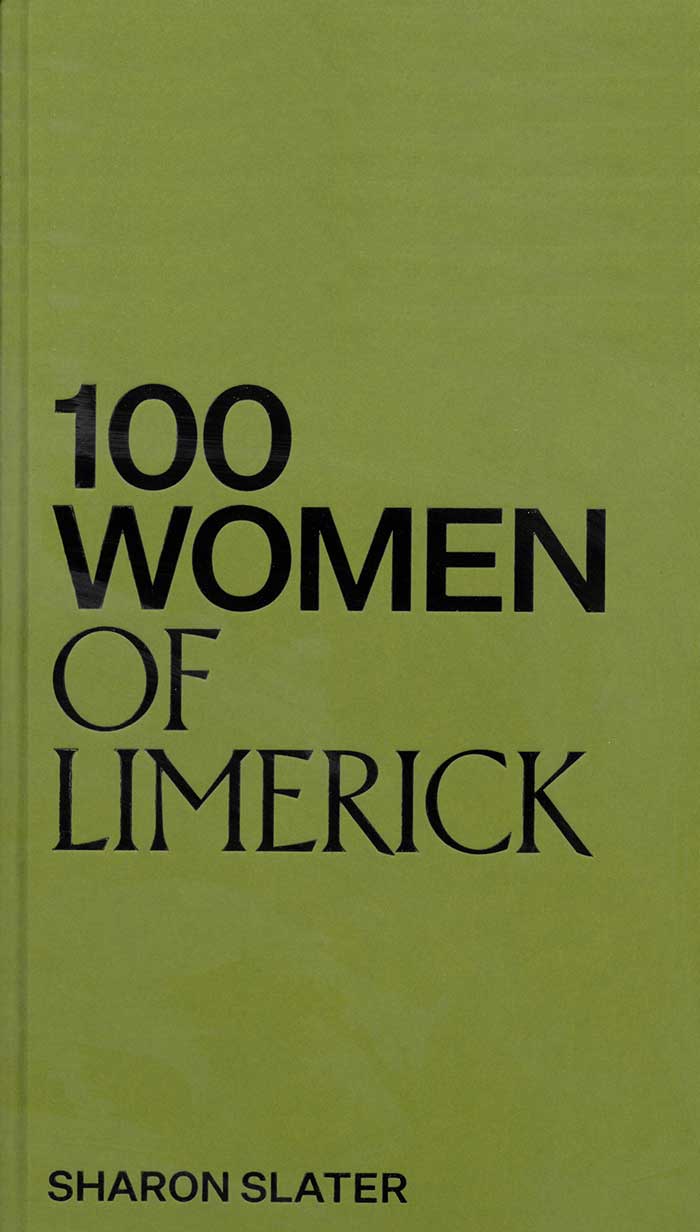Unravelling the sequence of carving on the stones has been challenging but has been helped by the fact that there are so many examples to study, writes Elizabeth Shee Twohig

The passage-tomb complex at Knowth, Co Meath is part of a group of megalithic (large stone) monu-ments built close together in an area known as Brú na Bóinne around five thousand years ago. They lie some 18 km inland from where the River Boyne enters the Irish Sea, just beyond the modern town of Drogheda, and are enclosed within a bend of the same river (Fig 1). These tombs were built with a passage leading into a chamber (and are thus called passage tombs) and covered by a mound or a cairn of small stones, which was held in place by an enclosing ring of horizontal kerbstones and/or drystone walling, sometimes built of shining white quartz. One of the most distinctive features of passage tombs is that they are embellished with a range of carved symbols or motifs that archaeologists call ‘megalithic art’. Passage tombs are known elsewhere in Ireland and Britain, and earlier ones are known in Iberia and western France.
To read this article in full, subscribe or buy this edition of the Irish Arts Review



